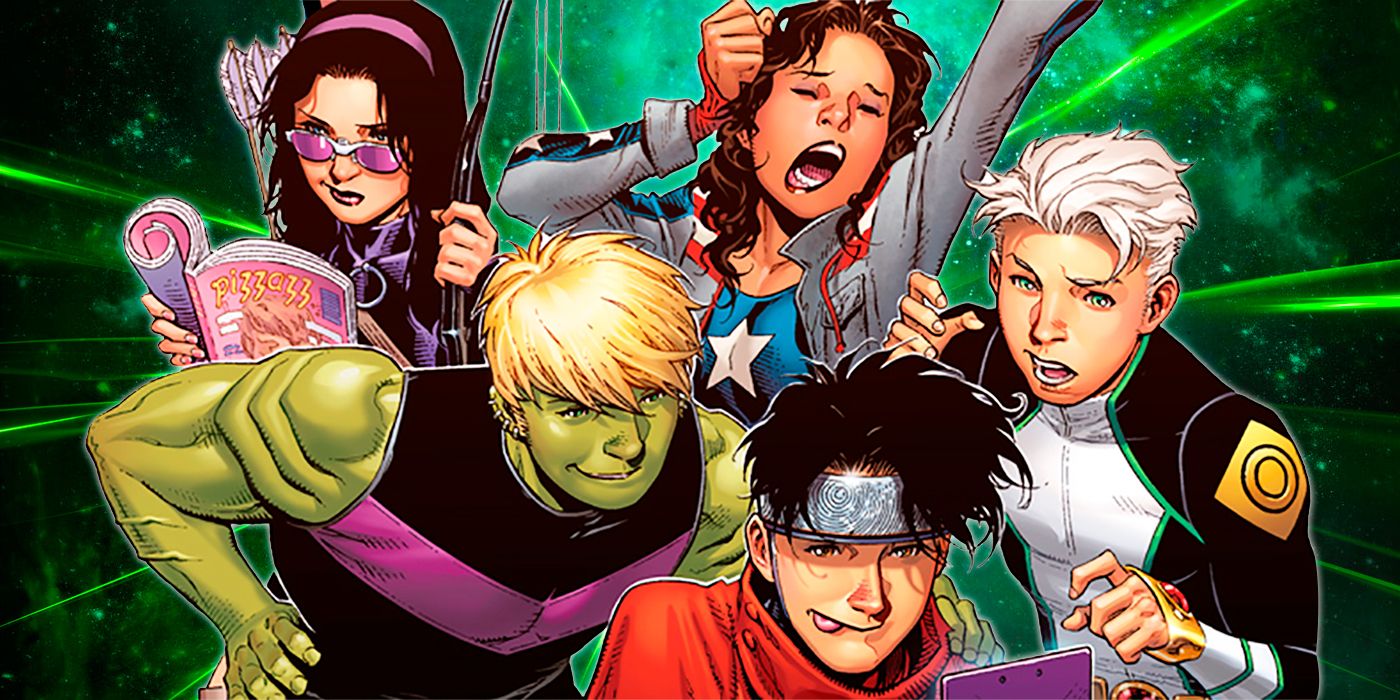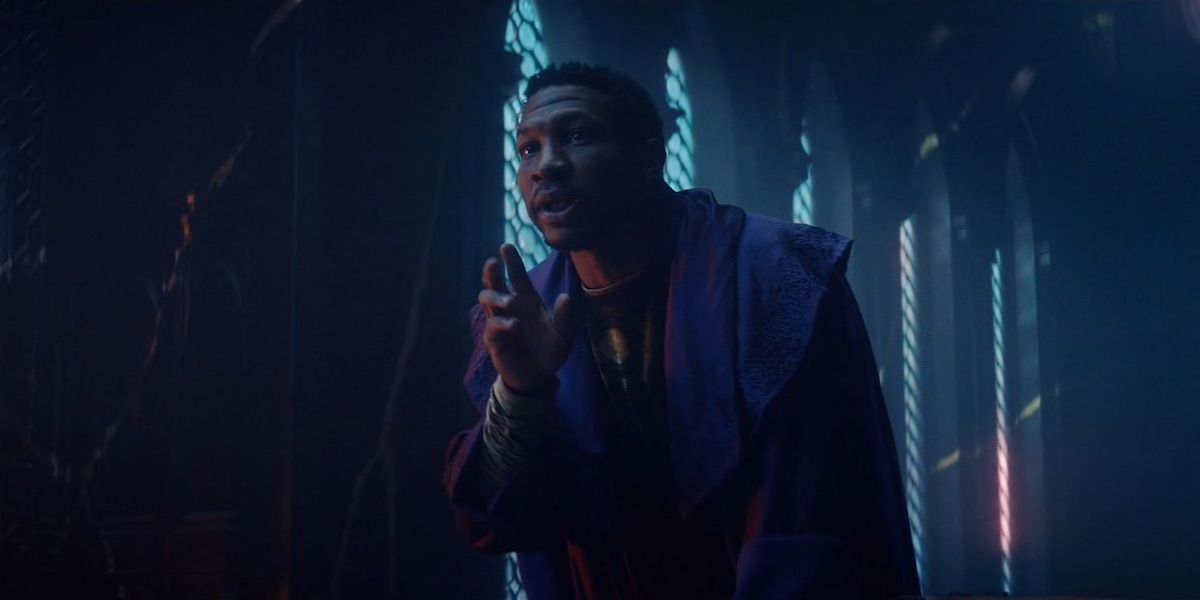WARNING: The following contains spoilers for the Season 1 finale of Loki, "For All Time. Always.," streaming now on Disney+.
With such an explosive finale for Loki, it seems like anything is possible in the Marvel Cinematic Universe as it becomes the Marvel Cinematic Multiverse. There is already rampant speculation about how the radical changes to the timeline will give way to future Marvel properties already in the works, but there's one major team-up that fits into the new status quo perfectly. The Young Avengers are sure to make their MCU debut, and while their individual members have been built toward since Avengers: Endgame, it wasn't until Loki's finale that the franchise perfectly set up their origin.
Loki's finale revolved around a prolonged conversation with He Who Remains, the mastermind behind the Time Variance Authority who was secluded in a castle behind Alioth. He Who Remains explained to Loki how he created the TVA to protect existence from the chaotic warmongering of his variant selves, foreboding the arrival of Kang the Conqueror, whose ominous facade looms over the episode's final moments. But the possibility He Who Remains doesn't bring up is that all of his variants may not be actively evil, and there could likely be one who comes to adopt the name of Iron Lad that seeks to fight against Kang.
Building toward the Young Avengers should come as no surprise to MCU fans. Endgame set up Stature, WandaVision introduced Wiccan and Speed, The Falcon and the Winter Soldier introduced Patriot and Hawkeye is set to debut Kate Bishop. But in the comics, the team was originally brought together by Iron Lad, the armor-clad leader who seems to be clearly inspired by Iron Man. However, the twist is that Iron Lad is actually a younger version of Kang himself, and his reason for bringing the team together is to combat the Conqueror's evil deeds.
The ending of Loki creates exactly that opening, not only for Iron Lad's character but for the assembly of the team itself. The time skip of Endgame went a long way in aging some of the younger characters, such as Ant-Man's daughter Cassie Lang, up to an age where they can serve on the superhero team. But the dissolution of Wiccan and Speed in WandaVision, which ended with the two seemingly realities away, meant that there needed to be some kind of universe-hopping in order to gather them back into the team.
Even beyond the nitty-gritty of characters' origins, it's clear from all of the Phase 4 projects so far that the theme of inheriting a legacy is more important than ever. Black Widow set up Yelena Belova to take up the mantle, Falcon and Winter Soldier revolved entirely around Captain America's legacy and even Spider-Man: Far From Home largely launched its plot off Peter Parker developing his own identity apart from Tony Stark's. And with Loki, fans see a dark mirror image of that theme as the concept of inheriting a legacy and making it your own proves not only to apply to heroes but to villains as well.
While many of the Young Avengers may be ready to take up their capes and cowls in the MCU, it wasn't until now that they actually had the impetus to assemble for the first time. With younger and older versions of characters made possible and reality no barrier, there is virtually no limit to uniting the rest of the team. Iron Lad was a crucial piece to the puzzle, and without ever mentioning him, the MCU slid him right into place.
Loki Season 1 may have concluded, but fans may not have to wait until Ant-Man 3 to see Kang the Conquerer in action, as the God of Mischief's solo series will return for another outing on Disney+.


